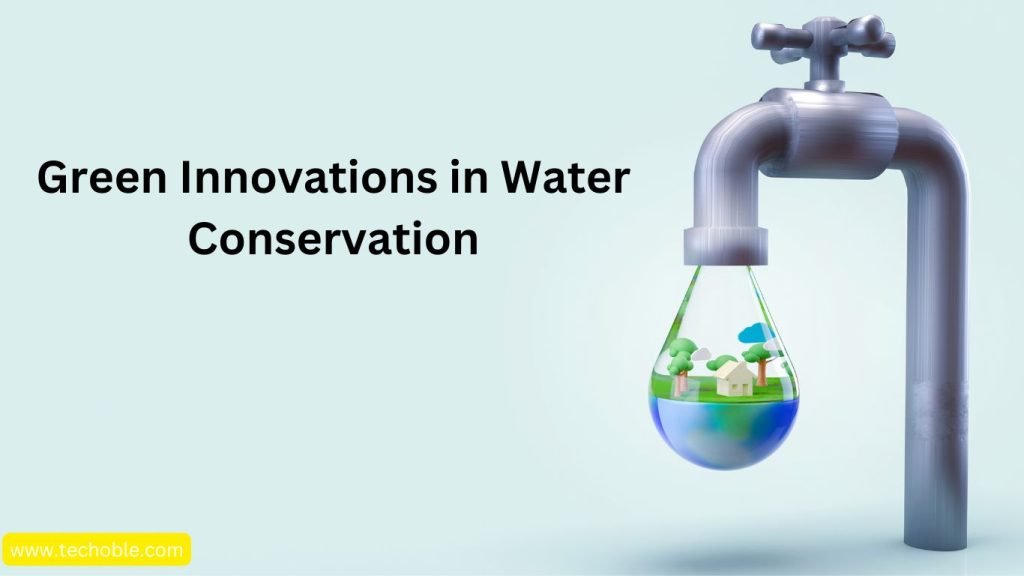 Water scarcity is one of the most pressing global issues today. As the population grows, climate change worsens, and fresh water supplies dwindle, we need innovative solutions more than ever. Technology and green practices have emerged as essential tools in solving the water crisis. This article explores the latest innovative water conservation techniques, green water conservation technologies, and modern water management strategies that can help save our precious water resources for future generations.
Water scarcity is one of the most pressing global issues today. As the population grows, climate change worsens, and fresh water supplies dwindle, we need innovative solutions more than ever. Technology and green practices have emerged as essential tools in solving the water crisis. This article explores the latest innovative water conservation techniques, green water conservation technologies, and modern water management strategies that can help save our precious water resources for future generations.
The Urgent Need for Water Conservation
According to the United Nations, 40% of the world’s population is affected by water scarcity. As global temperatures rise and urbanization increases, this problem will only worsen. To address this challenge, we need to adopt innovative water conservation techniques across all sectors, including agriculture, homes, and industries.
What is Green Water Conservation?
Green water conservation refers to environmentally friendly and sustainable methods of preserving and managing water resources. It focuses on reducing water waste, using renewable energy, and minimizing pollution during water treatment. Green innovations aim to solve water-related problems without causing harm to ecosystems.
5 Methods of Water Conservation
Let’s look at five key methods of water conservation being adopted worldwide:
- Smart Irrigation Systems:
- These systems use sensors and data to water plants only when needed, reducing water waste.
- Greywater Recycling:
- Wastewater from sinks, showers, and washing machines is reused for non-drinking purposes, like flushing toilets or watering gardens.
- Rainwater Harvesting:
- Rainwater is collected from rooftops and stored for later use, reducing reliance on municipal water supplies.
- Desalination Plants:
- Saltwater is converted into fresh water through modern, energy-efficient techniques, making ocean water usable.
- Low-Flow Fixtures and Appliances:
- Water-saving appliances, such as low-flow showerheads and dual-flush toilets, help reduce household water consumption.
Innovative Water Conservation Techniques
Technological advancements have led to the development of modern water management techniques that improve water efficiency. These innovations provide new ways to conserve water at home, in agriculture, and across industries.
Smart Water Management Systems
Smart water management integrates sensors, artificial intelligence (AI), and data analytics to monitor and optimize water usage.
- Examples of green innovations in water conservation:
- Smart faucets that automatically stop running when not in use.
- Irrigation systems connected to weather data to avoid overwatering crops.
These technologies not only reduce waste but also provide valuable insights into water usage patterns, helping cities and businesses make better decisions.
Green Technologies for Water Treatment
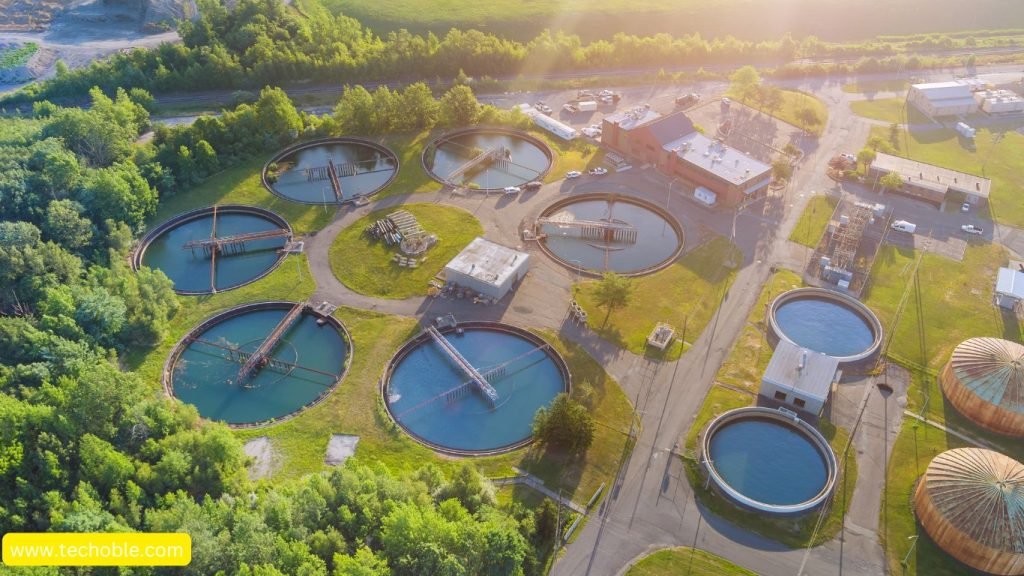 Water treatment is essential for making water safe to use. Green technologies for water treatment focus on minimizing the environmental impact of the process.
Water treatment is essential for making water safe to use. Green technologies for water treatment focus on minimizing the environmental impact of the process.
- Examples include:
- Membrane filtration systems: Use nanotechnology to remove impurities.
- Solar-powered desalination: Converts seawater into fresh water using solar energy.
- Biological treatment methods: Utilize plants and microorganisms to purify wastewater.
Water Conservation Technologies in Agriculture
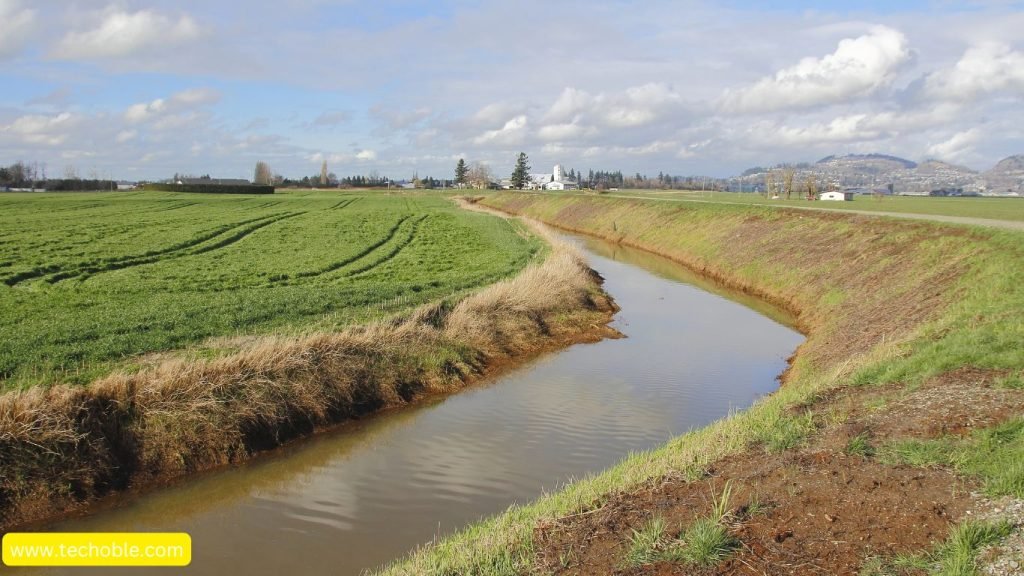 Agriculture accounts for 70% of global water use. To ensure food security without exhausting water resources, farmers are adopting innovative water conservation techniques.
Agriculture accounts for 70% of global water use. To ensure food security without exhausting water resources, farmers are adopting innovative water conservation techniques.
- Smart Irrigation:
- Drip irrigation delivers water directly to plant roots, reducing evaporation losses.
- Soil Moisture Sensors:
- These sensors detect when soil is dry and signal the irrigation system to water the plants.
- Green Practices to Save Water:
- Planting drought-resistant crops that require less water.
- Using cover crops to retain soil moisture and prevent water runoff.
These modern techniques are helping farmers save water while maintaining high crop yields.
Water Saving Technology at Home
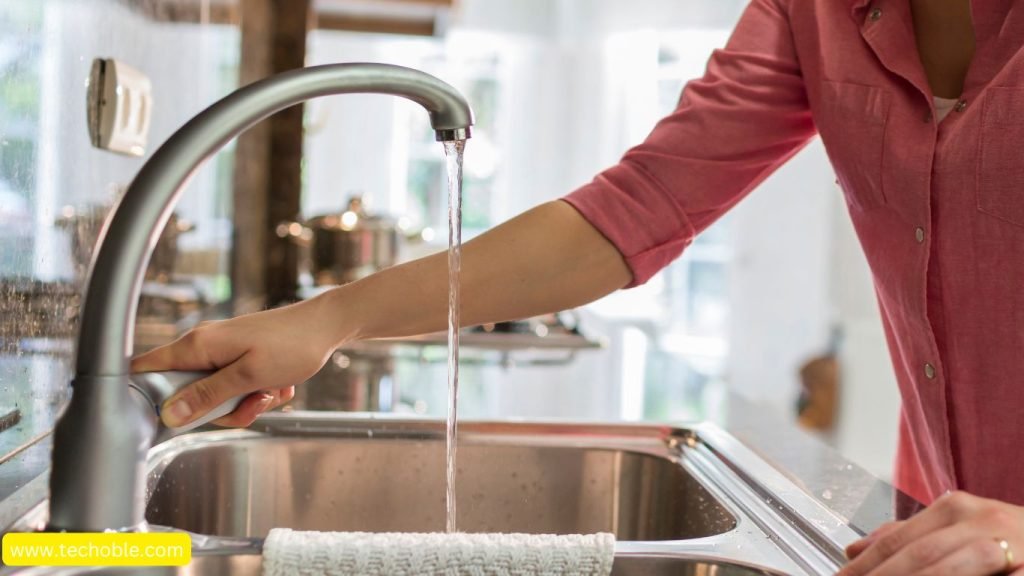 Water conservation starts at home. There are many easy ways to adopt water-saving technology at home and make a positive impact.
Water conservation starts at home. There are many easy ways to adopt water-saving technology at home and make a positive impact.
Examples of Water Saving Technologies:
- Dual-Flush Toilets: Use different amounts of water for liquid and solid waste.
- Low-Flow Showerheads and Faucets: Reduce water flow without sacrificing performance.
- Smart Water Meters: Monitor water usage in real-time, helping homeowners detect leaks.
- Rain Barrels: Collect rainwater for outdoor use, reducing reliance on tap water.
These small changes can make a big difference in reducing household water consumption.
Project Report on Innovative Water Conservation Techniques
Innovative water conservation projects are being implemented across the globe, showcasing how technology can address water scarcity.
| Project Name | Location | Technology Used | Impact |
|---|---|---|---|
| NEWater | Singapore | Recycled Wastewater | Meets 40% of water demand |
| Israel’s National Water Carrier | Israel | Recycled Wastewater in Agriculture | 80% water reused in farming |
| Cape Town Day Zero Campaign | South Africa | Water Restrictions and Smart Sensors | Reduced water consumption by 50% |
| Solar-Powered Desalination | UAE | Solar Energy for Desalination | Increased fresh water availability |
Examples of Green Innovations in Water Conservation
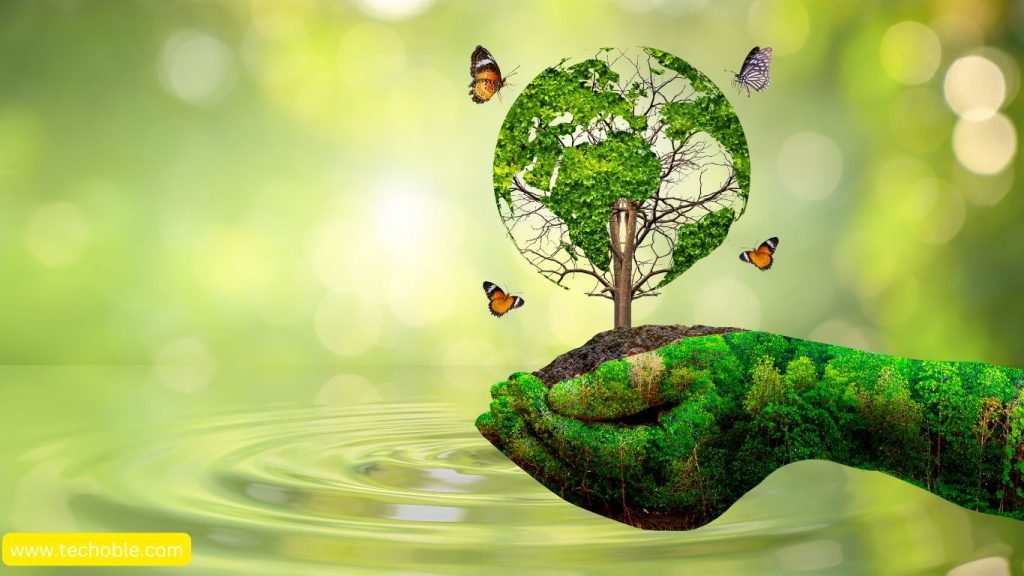 Many cities and companies are adopting green water conservation solutions to manage water more sustainably.
Many cities and companies are adopting green water conservation solutions to manage water more sustainably.
- Atmospheric Water Generators (AWGs):
- Extract water from the air, providing a renewable source of fresh water in arid regions.
- Graphene Desalination Membranes:
- Filter salt and impurities more efficiently, reducing the energy required for desalination.
- Warka Water Towers:
- Collect moisture from the air and provide drinking water in remote areas without access to traditional water systems.
Water Innovation Ideas for the Future
The future of water conservation relies on continuous innovation. Some promising water-saving ideas include:
- AI-Powered Water Predictions:
- AI algorithms that predict water demand based on weather and usage patterns, allowing better water management.
- Blockchain for Water Management:
- Using blockchain technology to track and distribute water resources transparently.
- Floating Solar Farms:
- Solar panels placed on water bodies that reduce evaporation and generate energy simultaneously.
These water innovation ideas are helping create sustainable solutions for the planet’s future.
Challenges in Implementing Water Conservation Technologies
Despite the benefits of green technologies, there are challenges to their widespread adoption.
- High Initial Costs: Advanced technologies like desalination require significant investment.
- Energy Consumption: Some solutions consume large amounts of energy, offsetting their environmental benefits.
- Maintenance Issues: Technologies like smart irrigation require regular maintenance and monitoring.
- Social Resistance: Some communities resist adopting new technologies due to lack of awareness or cultural barriers.
Modern Water Management Techniques and Policies
Governments and organizations are implementing modern water management techniques to encourage sustainable water use.
- Incentives for Water-Saving Technologies:
- Many governments offer rebates for installing water-efficient appliances.
- Public-Private Partnerships:
- Collaboration between businesses and governments to develop sustainable water projects.
- Education Campaigns:
- Raising awareness about water-saving practices and technologies through media and school programs.
These policies encourage individuals and businesses to adopt water-efficient practices.
Water conservation is no longer an option—it is a necessity. Green innovations in water conservation offer practical solutions to combat water scarcity and ensure a sustainable future. From smart irrigation systems to AI-powered water management, technology is playing a crucial role in saving our most precious resource.
We must act now by embracing innovative water conservation techniques at home, in agriculture, and in industries. With the right technologies and policies in place, we can build a future where water is managed efficiently and sustainably.